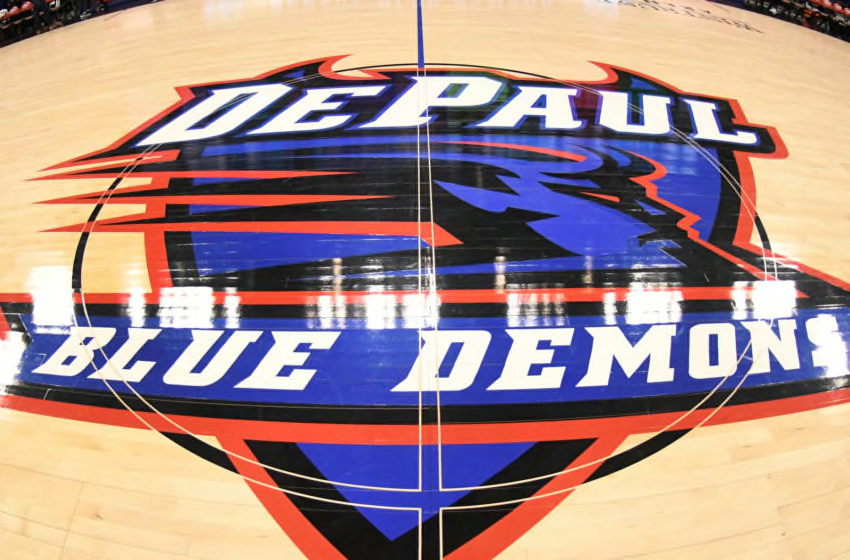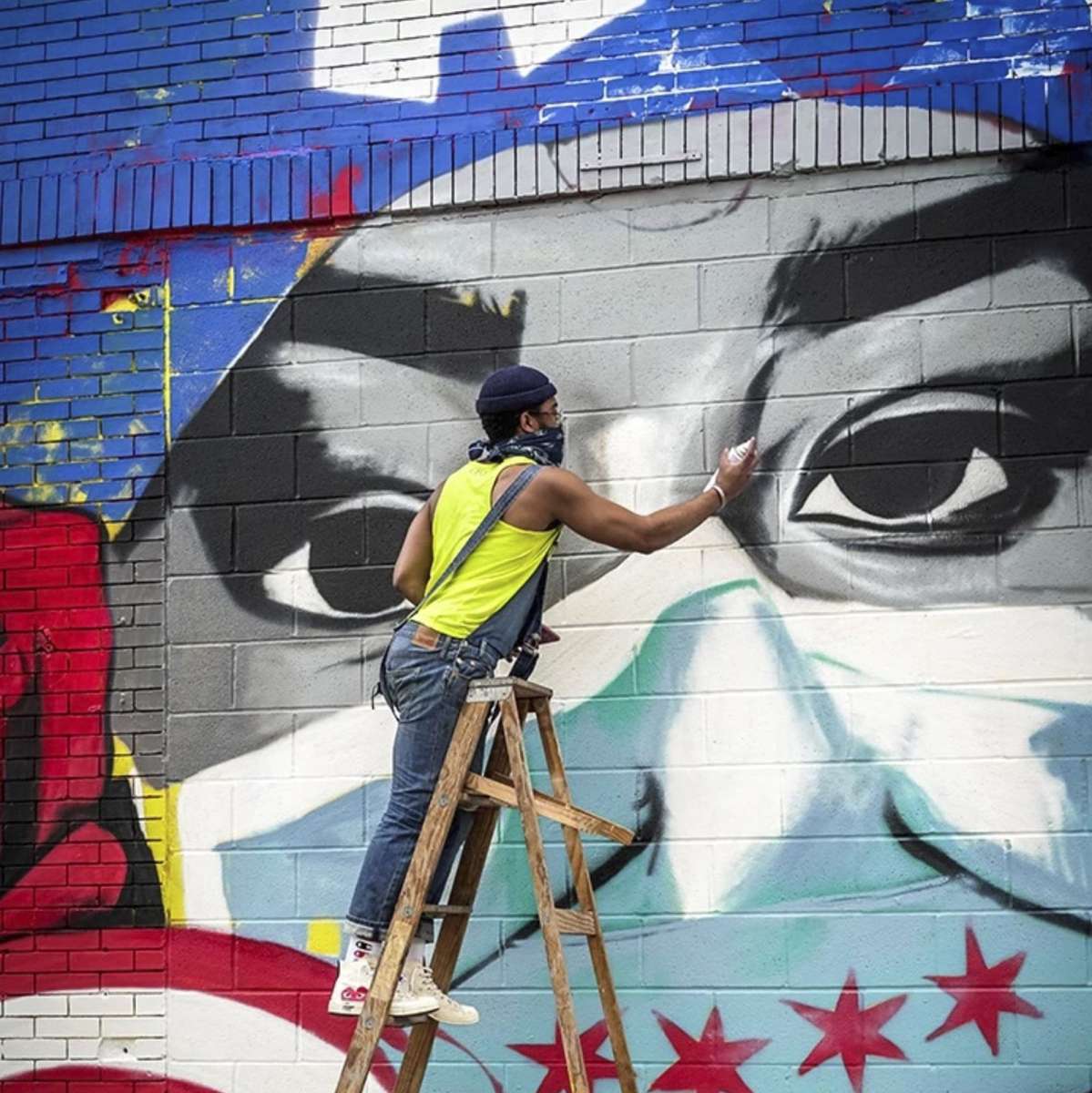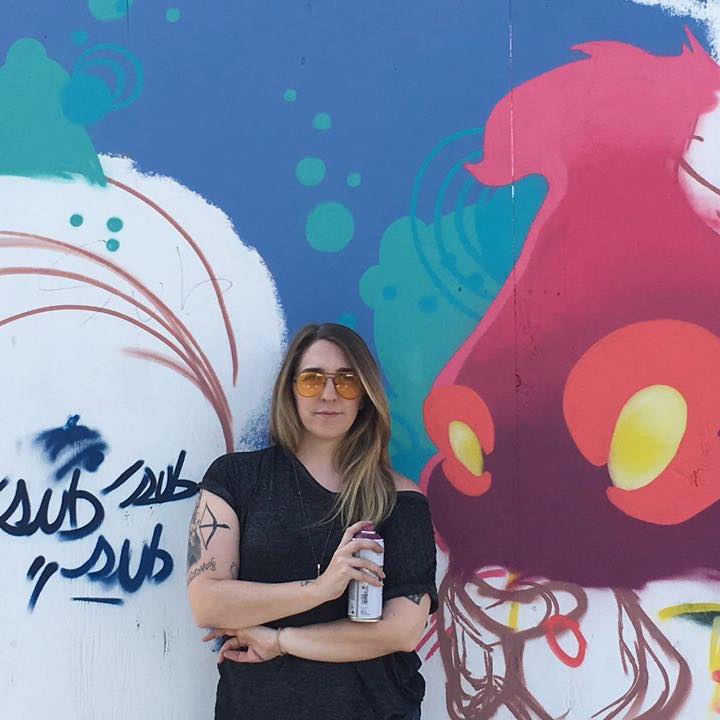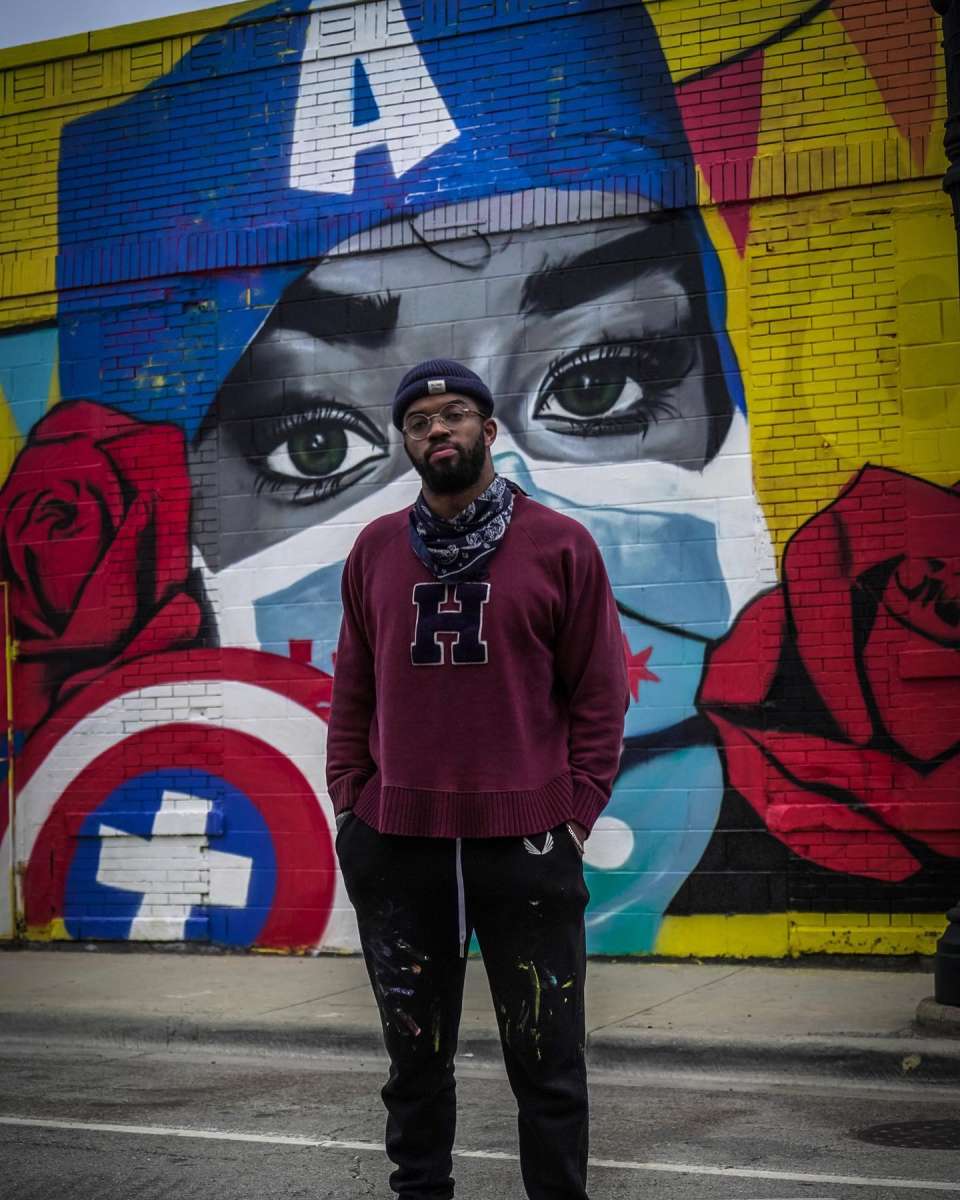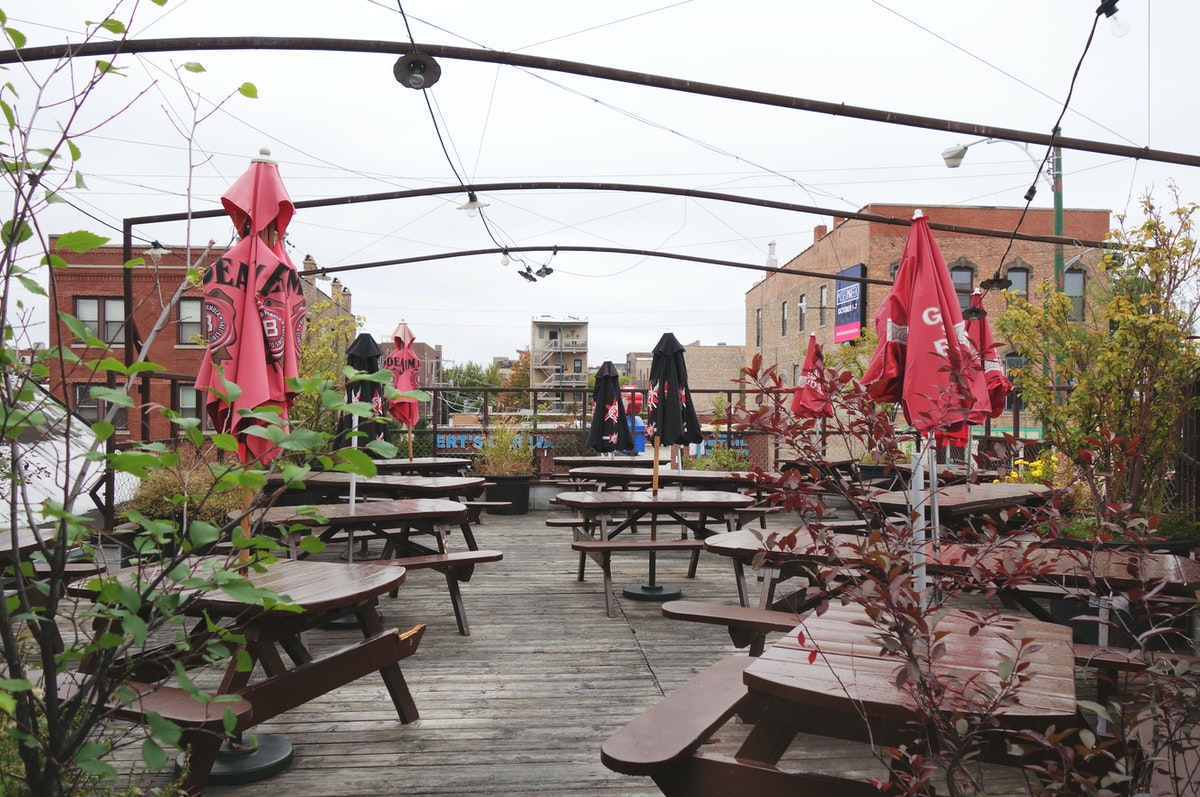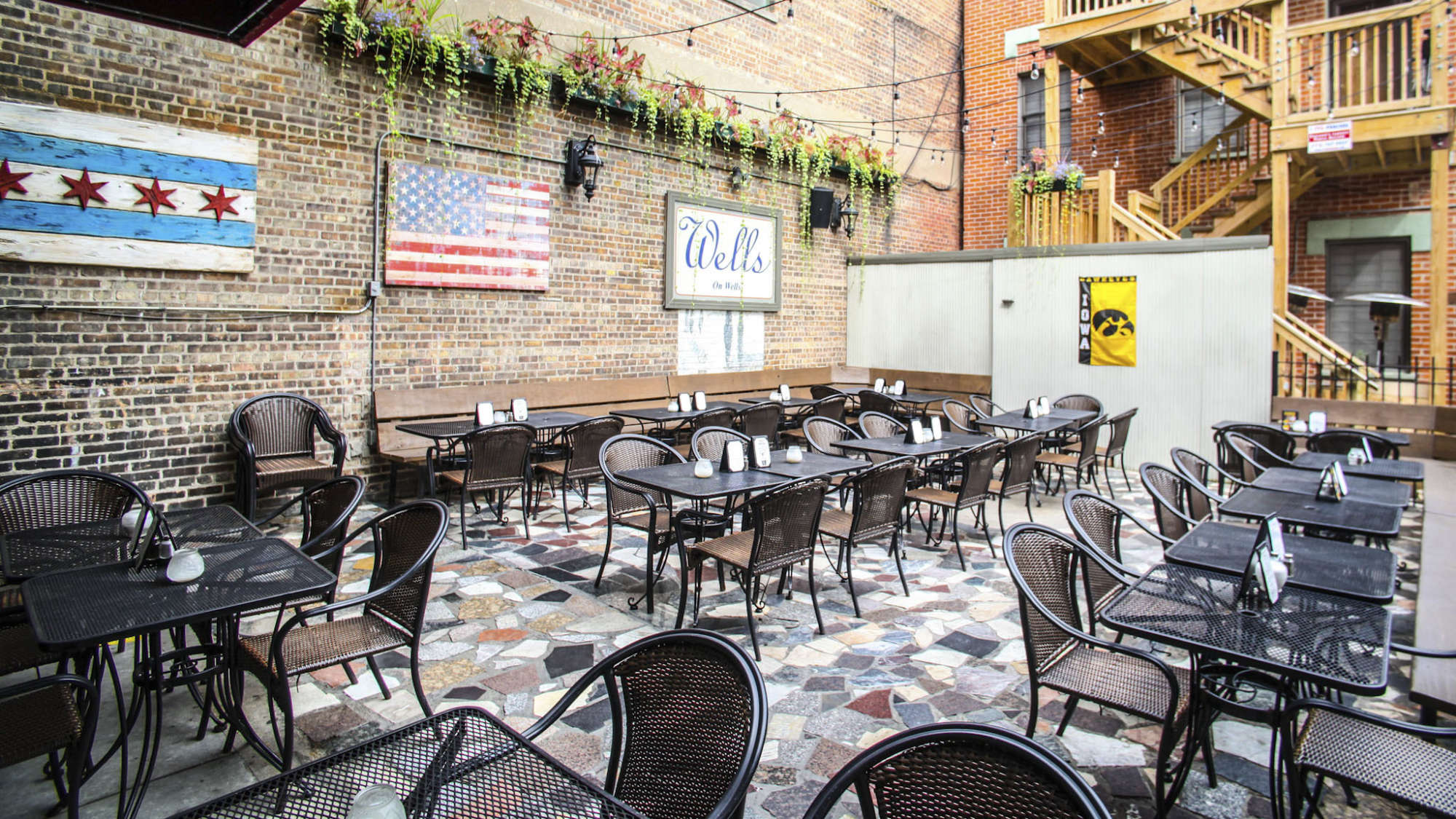Covid-19 v The Spanish Flu: Why we need to pay close attention to the similaritiesTeppi Jacobsenon June 6, 2020 at 7:55 pm
When You Put It That Way
Covid-19 v The Spanish Flu: Why we need to pay close attention to the similarities


As demonstrations and protests have run rampant across the country, many seem to have forgotten that the Covid-19 pandemic is still very much a part of everyday life. As hundreds/thousands of people have gathered in large groups to rightfully protest the brutal death of George Floyd, our attention has turned away. This is ok. We understand that voices absolutely need to be heard to challenge this behavior. But we need to remember this one thing regarding the pandemic:
NOTHING HAS CHANGED.
For weeks now I have watched as cities and states have reopened for business. As I have been temporarily residing in Florida, I see everything opened around me. One would think that everything is back to normal. Not me. I am, as many others should be, staying at home. The reason being?
NOTHING HAS CHANGED.
Back in 1918 the the Spanish Flu followed this same path in the US. This morning after reading the attached article, written by Dr. Howard Markel, Director for the History of Medicine at The University of Michigan Medical School, I realized that we are most definitely headed in the same direction as they were back then. Because instead of learning from this and knowing a spike is completely preventable we continue to reopen and move forward as though there is a cure or a vaccine. Let me remind you:
NOTHING HAS CHANGED.
Believe me, as I continue to be unemployed after my business of 22 years was completely shattered by this virus, I understand how badly we all want to get back to work. To resume some sense of normalcy. Last week I was driving down through the city we are living in and it was as though there never had been a virus. It was eerie to me – all the restaurants were open (I could only see the outdoor seating areas) and they were packed. The only people wearing masks were the servers who when encountering their unmasked patrons, are putting themselves in danger. Many people have returned to work because they have no choice and I understand that fully. However, anything above and beyond what is a MUST do, should be all that we are doing. Because:
NOTHING HAS CHANGED.
In the article I attached, after a time of social distancing during the Spanish Flu, there was pressure to stop doing it. Pressure to get things reopened, much like today. When the virus seemed to peak, people behaved as they are now: no more masks, things began to reopen and life resumed. Kids went back to school, bars reopened, etc. And then the cases rose. And rose. And rose. And in October of that year, nearly 200,000 people died from it in the US alone. IN ONE MONTH. And why?
NOTHING HAD CHANGED.
So here we are. It’s summer and people are tired of feeling like caged animals. I get it. But as things are reopening, cases are starting to climb again. Not a surprise! Florida saw its largest one day increase this week since mid April.
So, here’s the thing – I’m not saying that everything should close again – I’m saying that if we were all really in this together and followed the rules ie: masks (I hate wearing a mask but I feel it is my duty to protect myself AND others), social distancing, sanitizing, washing hands, etc. we may be able to exist in a semi normal (new normal) capacity until there is a cure. This quote from the article particularly struck me:
“As we ponder how to best rescind social distancing measures and return to normal life today, we must work from the premise that as long as this deadly virus stalks the planet, longer is better than shorter. These measures are imperfect and slow to work. They are disruptive and painful to our daily lives and economy. They do not magically end pandemics. But they can save lives.”
So, next time you refuse to wear a mask because it is your civil right not to, next time you complain that you want to go out to dinner or go hang at bars, have large gatherings or walk right up next to a total stranger and stand next to them, try to remember this:
NOTHING HAS CHANGED.
And until we all realize the truth in that, this will go on for a long, long time.
Filed under:
Coronavirus, Covid-19, Health, Medical History, Police brutality, Spanish Flu, Uncategorized
Tags:
Covid-19, Nothing has Changed, Reopening, Social Distancing, Spanish Flu, vaccine
-
Advertisement:
-
Advertisement:
-


Welcome to ChicagoNow.
-
Meet The Blogger


Teppi Jacobsen
I work as a women’s accessories sales representative. I have 2 daughters and have been married for 30 years. I love to write and talk about life. I also love to find humor in as much as possible. As a two time cancer survivor, there isn’t much you can’t throw at me. For inquiries you can email me at [email protected].
-
Subscribe by Email
Completely spam free, opt out any time.
Recent posts
-
Covid-19 v The Spanish Flu: Why we need to pay close attention to the similarities »
Teppi Jacobsen on When You Put It That WayPosted today at 2:55 pm -
One cop, one murder and all that it has led to: The George Floyd tragedy and the aftermath »
Teppi Jacobsen on When You Put It That WayPosted May 31, 2020 at 2:25 pm -
Covid-19 and clueless people: It will truly become the never-ending story »
Teppi Jacobsen on When You Put It That WayPosted May 25, 2020 at 10:53 am -
Dear Americans – please help a sister out, will you? I don’t want the coronavirus and you shouldn’t either »
Teppi Jacobsen on When You Put It That WayPosted May 16, 2020 at 1:17 pm -
Like literally, at the the end of the day, you know, to be honest, 100%. Or the assassination of the English Language as we knew it »
Teppi Jacobsen on When You Put It That WayPosted February 26, 2019 at 4:35 pm
Monthly Archives
- June 2020
- May 2020
- February 2019
- December 2017
- November 2017
- October 2017
- January 2017
- December 2016
- November 2016
- October 2016
- September 2016
- August 2016
- March 2016
- January 2016
- December 2015
- November 2015
- June 2015
- April 2015
- March 2015
- February 2015
- January 2015
- December 2014
- November 2014
- October 2014
- September 2014
- August 2014
- July 2014
- June 2014
- May 2014
- April 2014
- March 2014
- February 2014
- January 2014
- December 2013
- November 2013
- October 2013
- September 2013
- August 2013
- July 2013
- June 2013
- May 2013
- April 2013
- March 2013
- February 2013
- January 2013
- December 2012
- November 2012
- October 2012
- September 2012
- August 2012
- July 2012
- June 2012
- May 2012
- April 2012
- March 2012
- February 2012
- January 2012
- December 2011
- November 2011
- October 2011
- September 2011
- August 2011
- July 2011
- June 2011
- May 2011
- April 2011
- March 2011
- February 2011
Blogroll
Latest on ChicagoNow
-
Anxiety
from Spiritual and Physical Wellness by Sheri McIntosh
posted today at 4:37 pm -
Covid-19 v The Spanish Flu: Why we need to pay close attention to the similarities
from When You Put It That Way by Teppi Jacobsen
posted today at 2:55 pm -
USMNT Capt. Michael Bradley: “isn’t a moral bone in Trump’s body”
from The Patriotic Dissenter by Paul M. Banks
posted today at 2:38 pm -
The Wimp in the White House
from The Quark In The Road by Aquinas wired
posted today at 11:51 am -
Chicago announces extension of temporary fine and fee forgiveness
from Show Me Chicago by Carole Kuhrt Brewer
posted today at 10:02 am
Posts from related blogs
-
The Patriotic Dissenter
Most recent post: USMNT Capt. Michael Bradley: “isn’t a moral bone in Trump’s body”
-
The Quark In The Road
Most recent post: The Wimp in the White House
-
The Barbershop: Dennis Byrne, Proprietor
Most recent post: The surprising argument for police defunding: Sensitivity training didn’t work
More from News: Opinion
Read these ChicagoNow blogs
-




Cubs Den
-




Pets in need of homes
Pets available for adoption in the Chicago area -





The Barbershop: Dennis Byrne, Proprietor
Chicago writer, editor and author blogs about today’s political and public policy issues.
Read these ChicagoNow Bloggers
-




H. Van Howe
from Pizza For Breakfast: -




BOB ANGONE
from JUST SAYIN: -




Carole Kuhrt Brewer
from Show Me Chicago:
- About ChicagoNow
- •
- FAQs
- •
- Advertise
- •
- Recent posts RSS
- •
- Privacy policy (Updated)
- •
- Comment policy
- •
- Terms of service
- •
- Chicago Tribune Archives
- •
- Chicago Internet Marketing Services
©2020 CTMG – A Chicago Tribune website –
Crafted by the News Apps team



